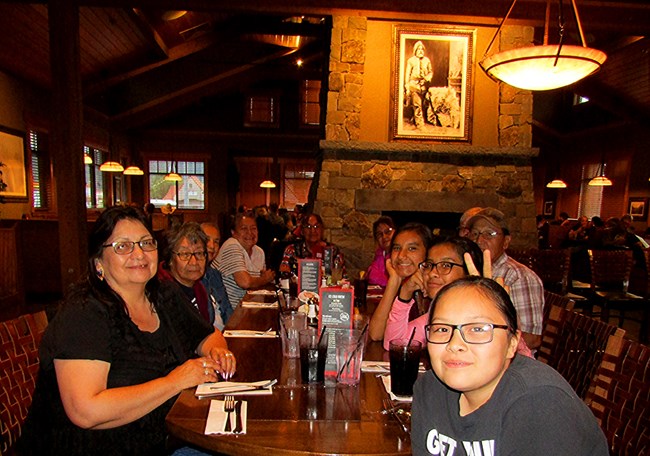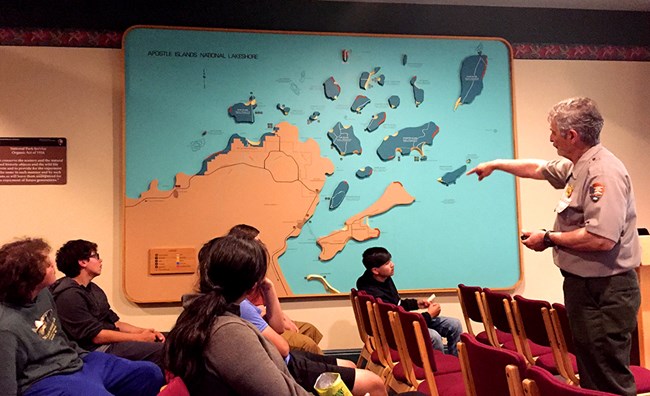Last updated: November 12, 2019
Article
Connecting with Our Homelands in 2019

Photo Courtesy of Cheyenne River Youth Project.
This year, trips took place across 12 states/territories within the United States, and included over 20 different national park units. The goal of this program is to provide support across the country for youth and elders to travel to a national park where they can share Indigenous knowledge, cultural heritage, traditions, epistemological healing, and learn about national park opportunities. More can be read on the 2019 awardees here on NPS.

Photo Courtesy of Friends Forever Mentoring.

Photo Courtesy of Chippewa Cree Tribe Senior Center.

Photo Courtesy of the College of Menominee Nation.

Photo Courtesy of Las Courte Oreilles Ojibwa Community College.
Overall, Connecting with Our Homelands aims to foster connections between indigenous groups and place to help shape pride in identity. The National Park Service oversees the stewardship of so much of America’s key cultural and natural resources, and will continue to build bridges between America’s indigenous groups and these important places. With this program continuing into the next academic year, Hopa Mountain will be posting the next application on their website by the start of 2020.
Tags
- apostle islands national lakeshore
- gateway arch national park
- glacier national park
- lewis and clark national historical park
- wind cave national park
- native american
- native american history
- native american culture
- native american heritage
- native american participation
- indigenous heritage
- indigenous peoples
- relevancy
- diversity
- inclusion
- hopa mountain
- education
- place based learning
